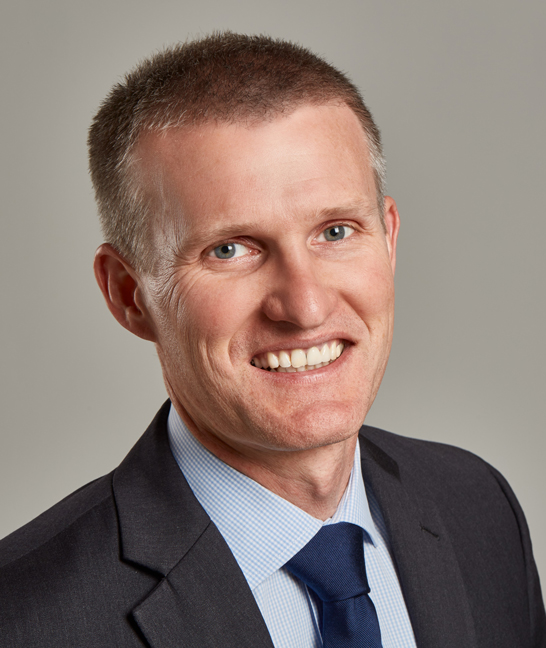Foreword

The new digital reality
Over the last half-century, the world has been transformed by a digital revolution. The journey from the first computer chip to the Internet of Things, virtual reality and artificial intelligence has happened astonishingly quickly, and is leading to the convergence of the physical and digital worlds.
In a 2015 New York Times interview to celebrate the 50th anniversary of Moore’s Law – the extremely accurate prediction by Gordon Moore, co-founder of Intel, that the amount of processing power on a single computing chip would double every 18 months to two years – the writer Thomas Friedman explained what that meant. Intel calculated how a 1971 VW Beetle would have changed if it had improved at the same rate as microchips did under Moore’s Law: the car would be able to travel at 300,000 miles per hour and run for two million miles per gallon of fuel, at a cost of just four cents.
The rapid pace of improvement has meant that developments that were simply unthinkable five years ago – offshore wind power cheaper than nuclear or gas, or thousands of driverless cars being tested on roads across America – are not just feasible but here, and well on the road to commercialisation.

Phil Gruber
Global Leader for Digital Asset Management, Atkins
Technology is not just creating new capabilities and massive improvements in performance; it’s also upending traditional business models and value chains.
The built environment and its infrastructure is not immune to this trend, and digital technologies – Building Information Modelling (BIM) and digital twins to machine learning and artificial intelligence – create enormous opportunities to improve and consolidate the design, planning, construction, operation and maintenance of physical assets. However, the new digital landscape is also marked by new risks such as data privacy, data integrity and cyber-attacks.
This report looks at some of the key issues that the new digital reality creates; how it is changing the way businesses operate; how to keep up with the rapid pace of technological change; what new skills are needed to enable organisations to make the most of digital opportunities; how to get the most out of big data, and how to ensure that your assets remain resilient and secure.
The convergence of our digital and physical worlds is not futuristic: it’s here now. Considering the implications and opportunities that this digital transformation offers is vital to set us on the right course for a prosperous and sustainable future.

Phil Gruber
Global Leader for Digital Asset Management, Atkins